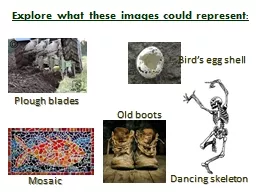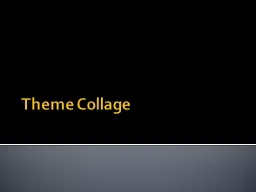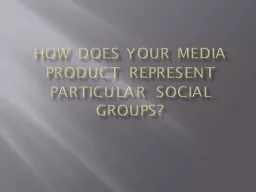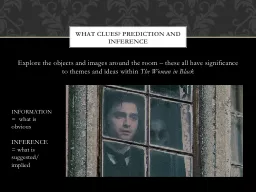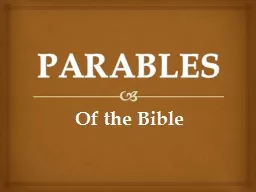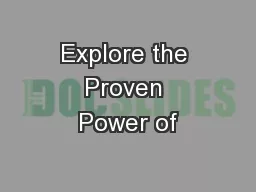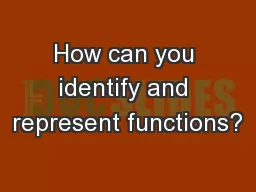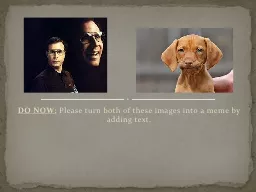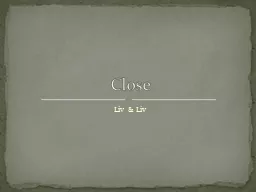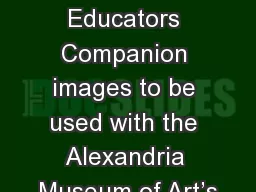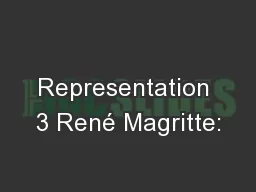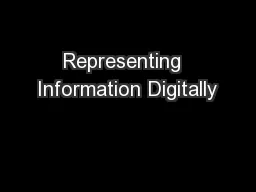PPT-Explore what these images could represent:
Author : tatiana-dople | Published Date : 2018-10-14
Plough blades Mosaic Birds egg shell Old boots Dancing skeleton What are the five main things we must consider to understand a poem M I T S L e aning message magery
Presentation Embed Code
Download Presentation
Download Presentation The PPT/PDF document "Explore what these images could represen..." is the property of its rightful owner. Permission is granted to download and print the materials on this website for personal, non-commercial use only, and to display it on your personal computer provided you do not modify the materials and that you retain all copyright notices contained in the materials. By downloading content from our website, you accept the terms of this agreement.
Explore what these images could represent:: Transcript
Download Rules Of Document
"Explore what these images could represent:"The content belongs to its owner. You may download and print it for personal use, without modification, and keep all copyright notices. By downloading, you agree to these terms.
Related Documents

